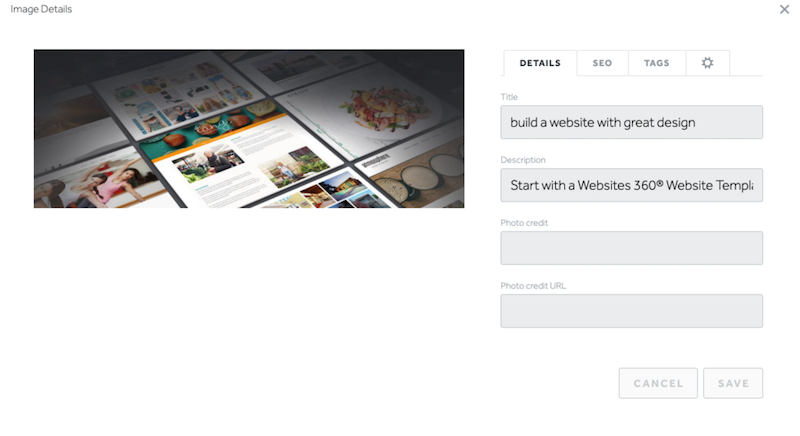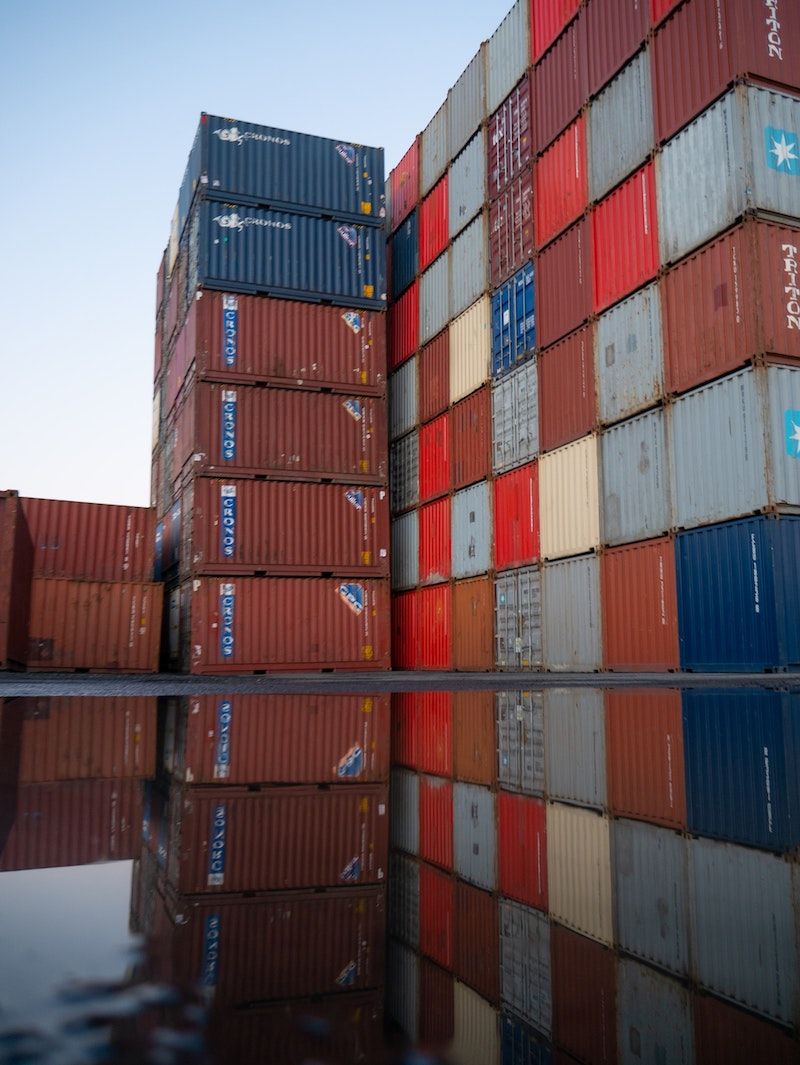Google’s number one goal is to provide a good search experience for its users, and if there’s one thing that Google’s users prioritize, it’s site speed.
Nothing will slow your website down more than large, unoptimized images can. And since Google wants to provide a great search experience for its users, the consequence of having a slow website can be less organic visibility.
Image optimization includes using relevant keywords, but another big portion of it involves choosing the right image file types, resizing images before you put them on your website and compressing them.
Optimizing your images keeps your website lean, mean and loading quickly, which will lead to more organic visibility.




